Thirty sentence starter cards for narratives.
Use the Narrative Sentence Starter Cards to encourage your students to write something imaginative and interesting.
Print the cards out of A3 and stick them up on the board to stimulate your students.
Sentence starters include:
- I found a strange package by the door…
- Brrrringggg! I answered the phone and…
- There was an octopus in my pool…
- The rhino was following me to the…
- He had been squished flatter than a pancake…
- I heard an explosion in the science lab…
- The rain was pouring down…
- At the Dinosaur Park, I rode a…
- The space invaders jumped off the screen…
- I was looking out the port hole…
- A bat flew in my window and told me…
- I was on safari and a giant tiger…
- I stepped outside and a monkey…
- I was hiding in my tree house…
- My new friend is a robot and…
- I fell over a mysterious object…
- I was saved from the quicksand by…
- I set the Guinness World Record for…
- Yesterday I discovered my super power was…
- I picked up the moon rock and…
- We had a full tank of fuel and…
- I was riding my whale to…
- “They call me Dr. Snail and…”
- I went to the masquerade ball as a…
- “Wake up,” the dragon shouted to…
- I met a scatter-brained lizard in the desert…
- When I was a tightrope walker…
- There was money everywhere and…
- The box of treasure was…
- The pirate was coming…
For more brilliant tips and ideas on how to use this teaching resource, read our blog 10 Brilliant Ways to Improve Narrative Writing in the Classroom.


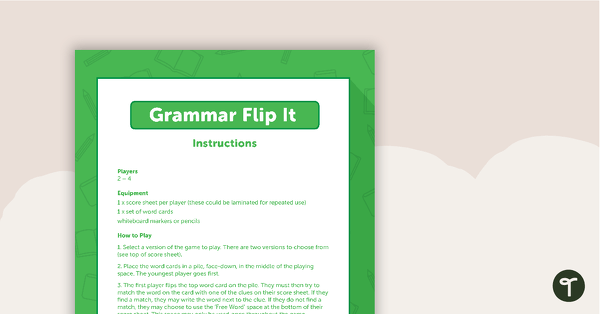
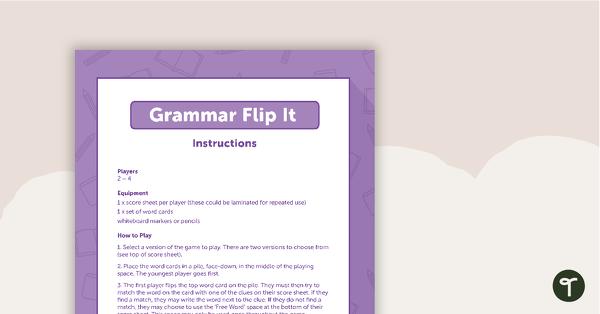

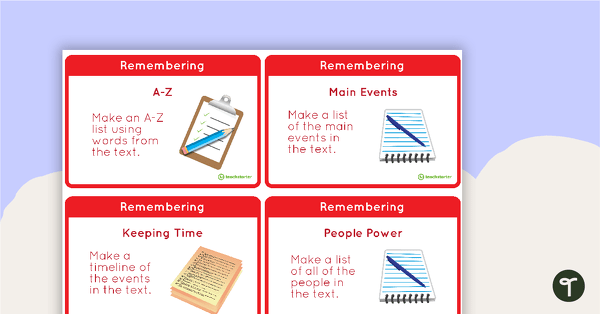
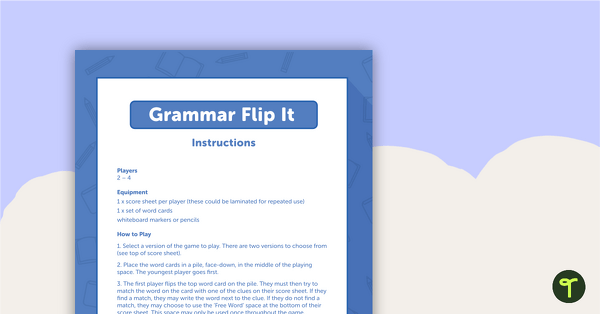


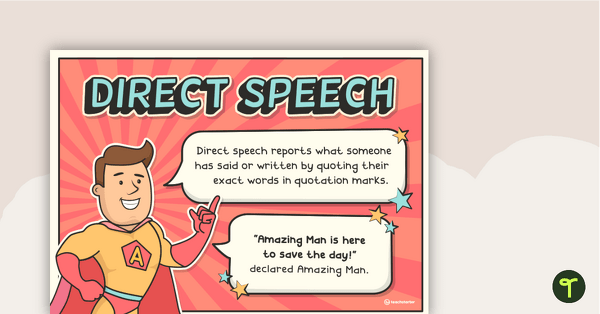
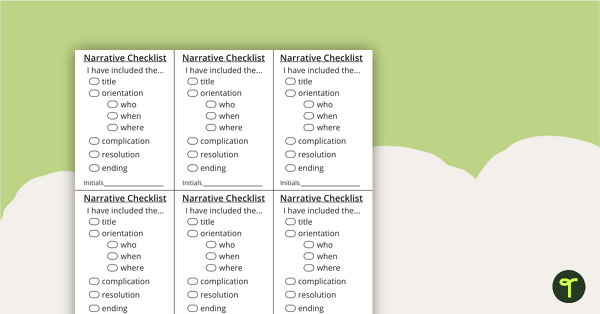
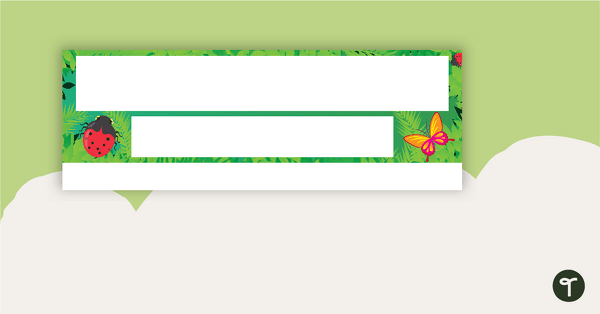
These need to be in 3rd Person
Hi Brett, thank you for your feedback. These sentence starter cards are designed to align with Australian Curriculum ACELT1609, which looks at different narrative points of view and how it impacts the audience.
Exciting resource. Have had some great stories from the kids they love the pictures.